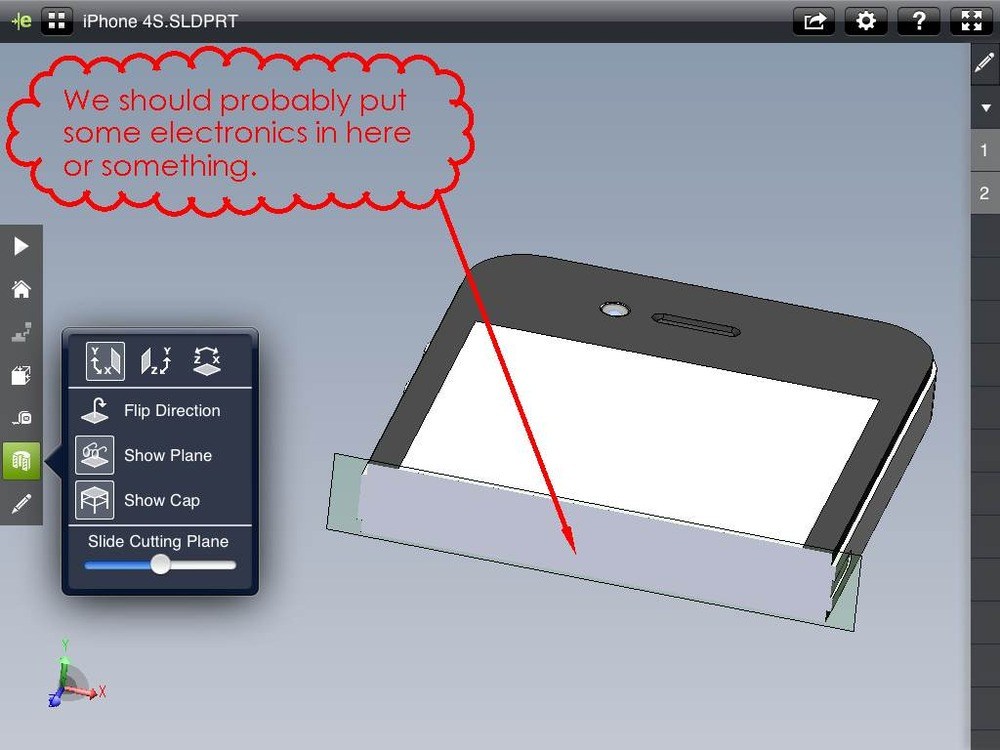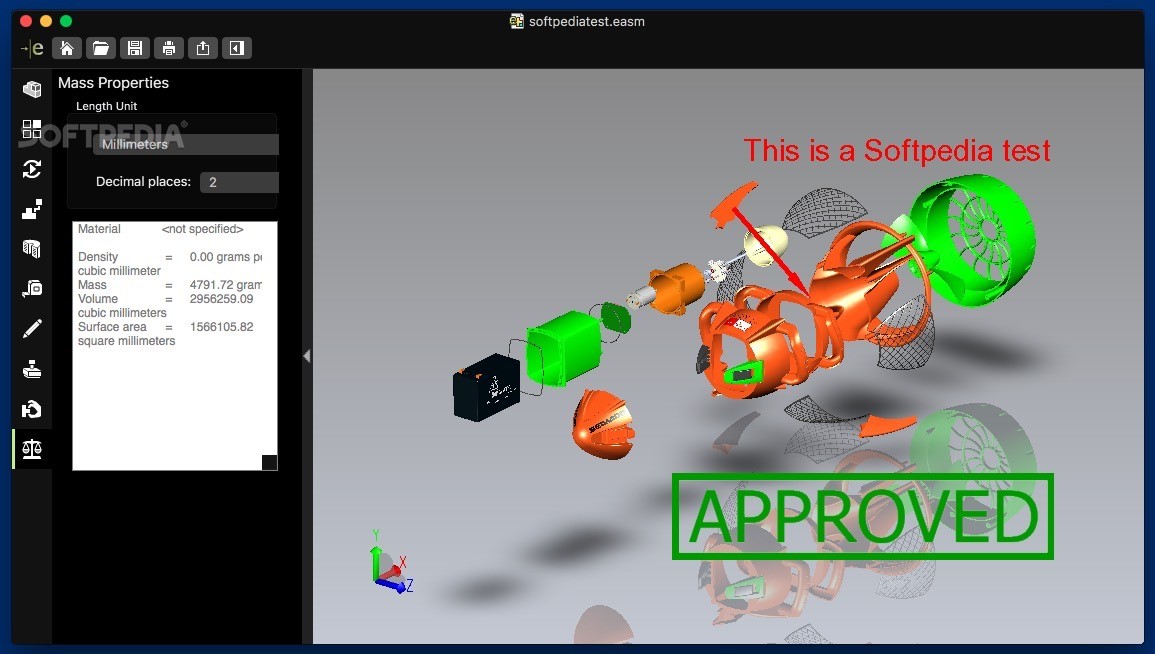

Once these problem areas have been identified, you can plot another parameter called the shortcut number (Sc). In Flow Simulation 2016, you can now plot the bottleneck number (Bn), which is a quantifiable parameter that identifies areas with both high heat flow and high resistance. The areas with high resistance are often referred to as “thermal bottlenecks” and eliminating them can be a significant challenge for design engineers. Some paths carry a lot of heat out, while others offer resistance to the heat flow and can contribute to temperature rises and overheating. In electronic systems, heat generated at an internal source can follow many different paths to reach the ambient air outside. Additionally, you can now save time-averaged results for specified parameters.įinally, I want to mention a cutting edge new approach in the field of electronic thermal design that is now fully incorporated into SOLIDWORKS Flow Simulation 2016. In testing, some solve times were reduced by over 50%. This means that in most cases you can take a much larger time step and substantially reduce the total CPU time required to solve the study.

However, the new solver uses an implicit approach with nested iterations that you can control. In the past, there was very little control over how many iterations were used for a transient flow study. Speaking of saving time, the new transient flow solver in SOLIDWORKS Flow Simulation 2016 is faster than ever. You can toggle the Basic Mesh visual preview on and off, control the uniformity of the cell sizes, move the location of the control planes, check the mesh quality, and even close off narrow flow passages with solid elements…all in one window! This streamlines the study setup process and saves you valuable time. This allows for greater accuracy in the area of interest without having to refine the entire domain or create additional dummy bodies.Īll of the mesh control settings are now accessible through the PropertyManager, so they’re easier to interact with during the study setup. how quickly the cell sizes grow) as you move away from the specified body. You can even control the variation of refinement (i.e. You can now use equidistant mesh refinement to create refinement layers around a body of interest. Meshingįlow Simulation 2016 features a redesigned Mesh Settings PropertyManager to give you more control over the mesh generation process through an intuitive and easy-to-use interface. Let’s take a look at three specific areas: meshing, transient analysis and thermal analysis. 90° / 9).SOLIDWORKS Flow Simulation 2016 has several new enhancements to help you be more productive and get your work done faster than ever before. The value entered into the Options setting relates to how many increments CATIA will divide a 90° angle into – for example, entering a value of 9 dictates that each keyboard rotation will be 10° (ie. The angle to which a model is rotated can be set within the Tools > Options section in CATIA, as demonstrated in the video. To rotate the model about an axis coming out of the screen ‘Z’: Ctrl + Shift + direction arrow To rotate the model about the ‘X’ and ‘Y’ planes: Shift + direction arrow To pan the model : Ctrl + direction arrow The following video demonstrates how the keyboard can be used to control model viewpoints, however in summary: The keyboard can be used effectively to control the position and orientation of the model on the screen. In these cases, the mouse is perhaps not the best method of obtaining the desired view. Selecting the X, Y and Z labels on the compass effectively orients the model in that direction, however often it is necessary to have an orthographic view that is not covered by the compass labels, or for example an isometric view in a specific direction. Whilst for most situations this is exactly what is required, in some situations it is necessary to show the model at certain orientations.

In CATIA V5, the mouse (or a Space Mouse, if used) can be used to control the position, orientation and zoom level of a model – and allows a great degree of control.


 0 kommentar(er)
0 kommentar(er)
